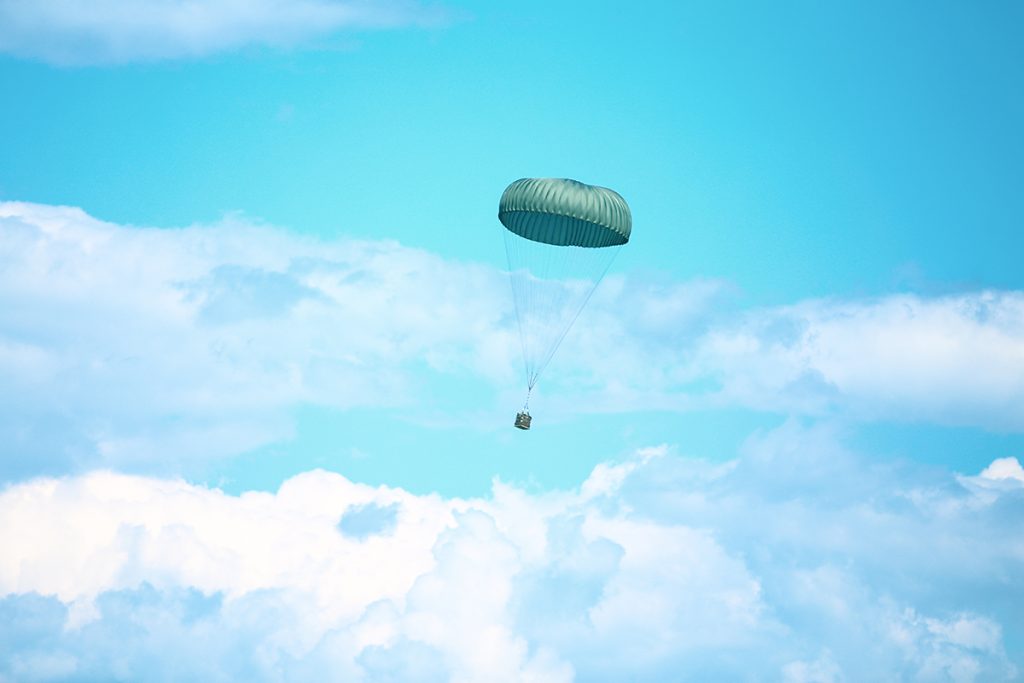A convoy of trucks carrying vital aid for the Gaza Strip successfully traversed a newly constructed US pier on Friday, marking a significant milestone in the ongoing efforts to deliver aid to the besieged area. This operation, led by the US military, aims to alleviate the acute humanitarian crisis exacerbated by Israeli restrictions on border crossings and the persisting conflict.
This shipment, a first of its kind, signifies a potential breakthrough in aid distribution, with plans to escalate to 150 truckloads per day. However, this quantity falls short compared to pre-war levels when over 500 truckloads entered Gaza daily, underscoring the magnitude of the challenge.
Despite the promising start, numerous obstacles loom large. The threat of militant attacks, logistical intricacies, and diminishing fuel supplies due to the Israeli blockade pose significant hurdles to sustained aid delivery. The recent offensive against Hamas has further strained resources, with local health authorities reporting thousands of casualties in Gaza.
The success of this operation hinges on international cooperation, with multiple countries and humanitarian organizations playing a role. Under the coordination of the United Nations, the delivery of aid via the newly constructed pier serves as a vital lifeline for Gaza’s distressed population.
Fuel shortages emerge as a pressing concern, risking disruption to aid distribution efforts. The US has engaged in discussions with Israeli authorities to address this issue, stressing the importance of unimpeded fuel deliveries for timely aid distribution.
Israeli officials assert that they do not hinder humanitarian aid but cite security concerns and Hamas attacks as significant obstacles. Despite recent endeavors to open crossings and facilitate aid delivery, logistical hurdles persist, worsening an already dire situation.
President Joe Biden’s directive to initiate the $320 million pier project underscores the US commitment to easing the humanitarian crisis in Gaza. Executed in collaboration with Israeli authorities, the project aims to establish a secure route for aid delivery while ensuring the safety of personnel involved.
However, security remains a paramount concern, particularly in Gaza’s volatile environment. Aid workers encounter substantial risks as they navigate the complexities of aid distribution, with recent incidents highlighting the perilous nature of their mission.
To mitigate security risks, the US military closely monitors the situation and reserves the option to temporarily halt the maritime route if necessary. While US forces do not operate on the ground in Gaza, aid delivery is overseen by third-country contractors under Israeli security supervision.
The logistical process entails gathering and inspecting aid in Cyprus before transporting it to the Gaza pier via Army boats. From there, trucks transport the aid to the shore for distribution to those in need. Despite the challenges, the successful completion of the inaugural aid delivery offers hope to Gaza’s residents.
As the international community grapples with the complexities of aid delivery in conflict zones, the US military’s role in facilitating humanitarian assistance underscores the significance of coordinated efforts to address urgent humanitarian needs. With continued dialogue and cooperation, there is optimism that aid delivery to Gaza can be sustained, providing a vital lifeline to those most in need.


